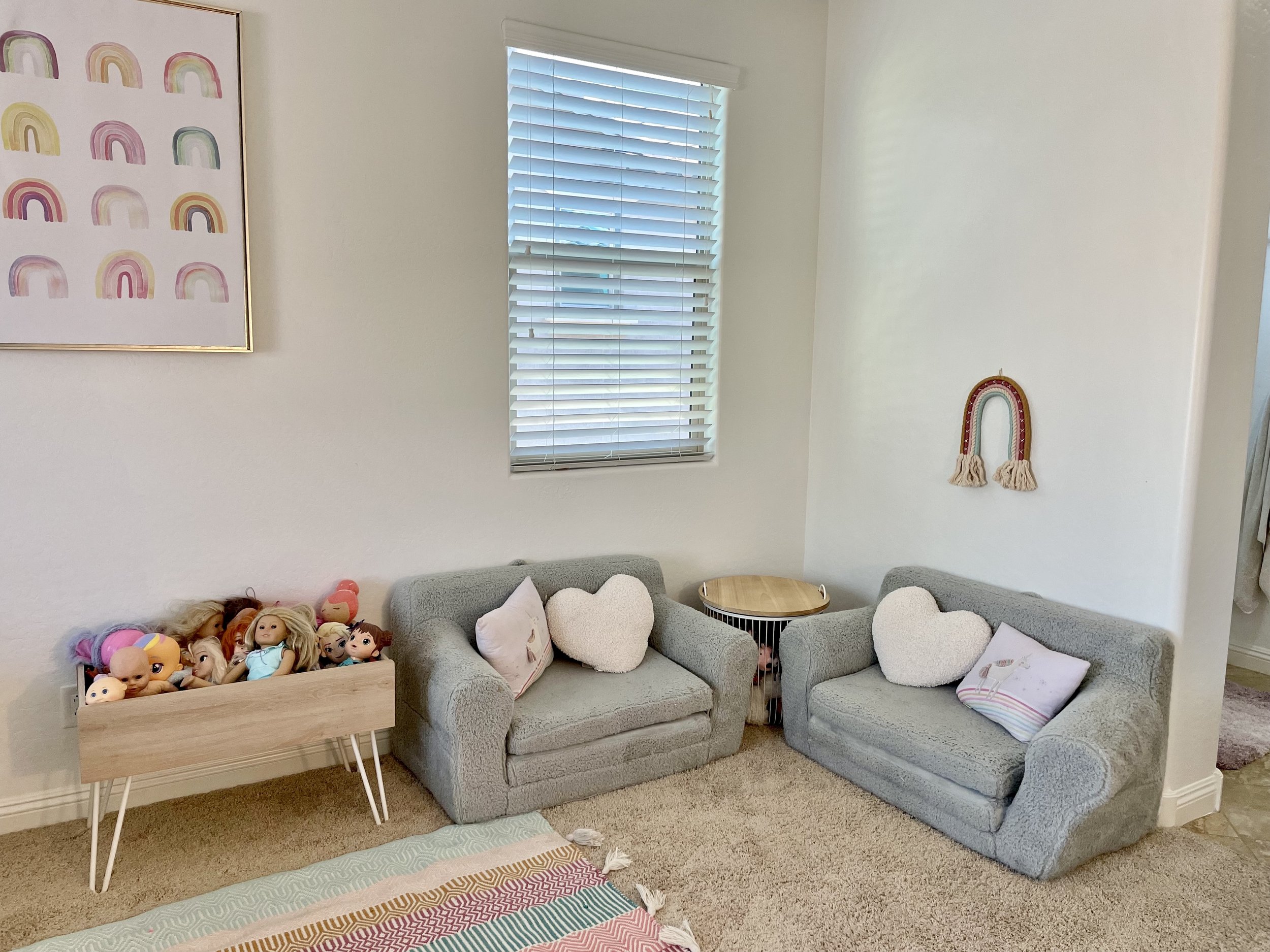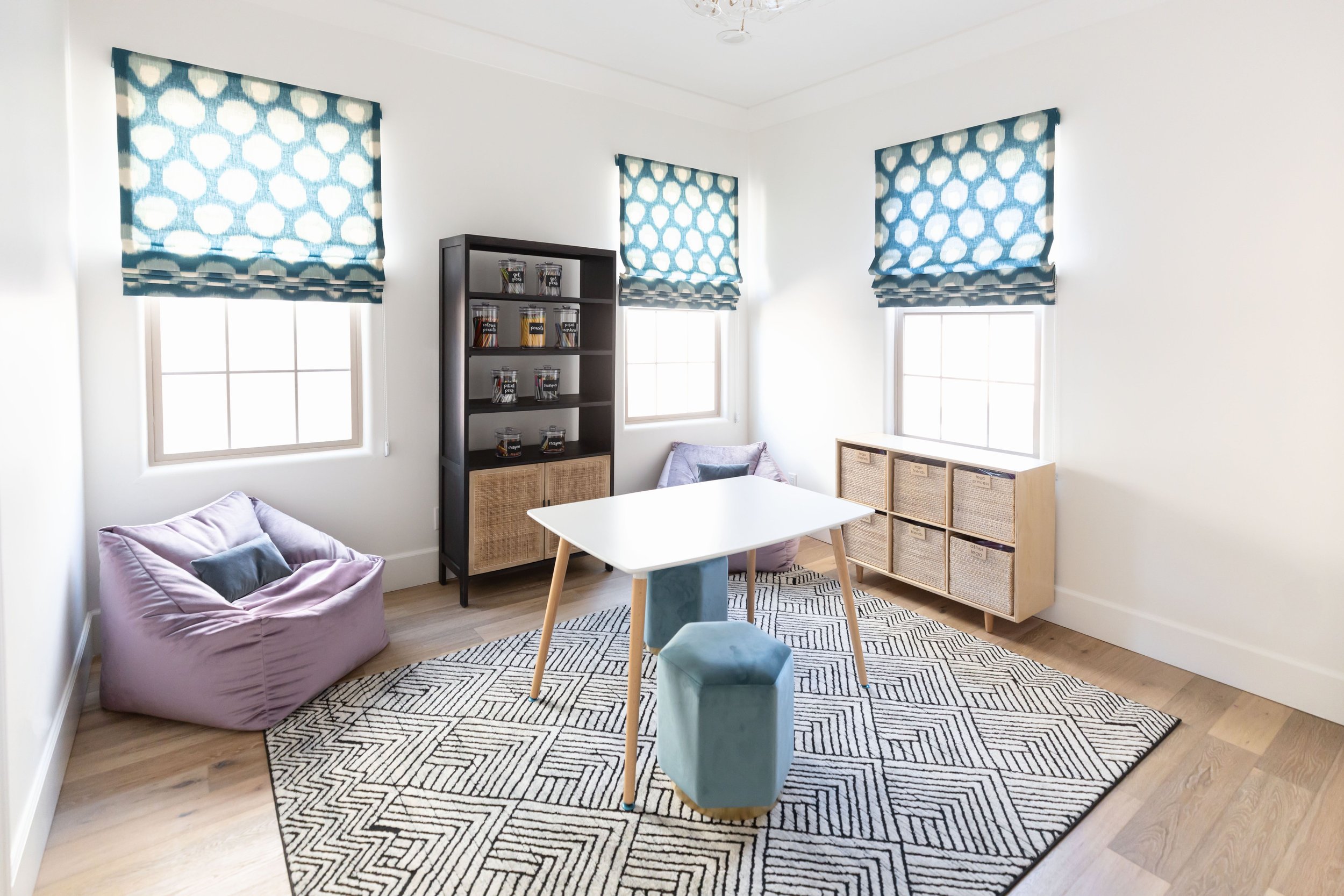From Maximalist to Minimalist in the Playroom
In the chaotic world of parenting, one area often left in disarray is the playroom. It starts innocently enough, with a few toys here and there, but before you know it, it's a maximalist maze of stuffed animals, action figures, art supplies, and a kaleidoscope of colorful chaos.
Now, if this is something that stresses you out, and you dream of a tidier and harmonious playroom, keep reading – we've got you covered. In this blog, we'll explore practical strategies to address this issue and provide guidance on simplifying your child's play space for their benefit and your peace of mind.
Benefits of a Minimalist Playroom
According to a study by the U.S. Toy Industry Association, the average American child has approximately 70 to 200 toys, but they typically play with only about 12 of them on a daily basis. As parents, we all want the best for our children. We aim to provide them with a nurturing environment that promotes growth, learning, and happiness. Studies conducted by child development experts have consistently highlighted the advantages of minimalist playrooms.
Benefits for Children: Minimalist playrooms empower children to focus, create, and explore with intention. They experience less stress, develop responsibility, and become more independent in their play. These benefits contribute to their overall growth and well-being.
Benefits for Parents: For parents, a minimalist playroom means less time spent on cleanup and maintenance, reducing stress and freeing up valuable time. It also promotes a sense of accomplishment and pride in creating an organized and enriching space for their child.
Furthermore, a survey by the National Association of Professional Organizers found that parents who embraced minimalism in their children's play areas reported reduced stress and improved family dynamics.
The results are profound. With too many choices, children become overwhelmed and struggle to focus on any one activity. Abundance can hinder decision-making skills and make playtime less intentional. The constant visual stimulation of a maximalist playroom can lead to sensory overload, making it challenging for children to relax and engage deeply in play.
Potential Challenges During Your Transition from Maximalist to Minimalist Playroom
However, in making the transition from maximalist to minimalist, you and your kiddos might face some challenges.
Emotional Attachments: One of the primary challenges in transitioning from a maximalist to minimalist playroom is dealing with the emotional attachments that both parents and children may have to toys. Letting go of sentimental items can be difficult.
Resistance from Kids: Children might resist the idea of decluttering and parting with toys they've grown fond of, leading to potential conflicts and negotiations. PRO TIP: Purging is a great opportunity to be generous by asking your kids to consider donating old toys to those who will love them! You can use our PLAYROOM PURGE CHECKLIST as your guide.
Fear of Missing Out: Parents may worry that reducing the number of toys will limit their child's experiences or opportunities for learning and play. However, we just read that a minimalistic approach in the playroom has actually shown to have an incredible effect on kids experiences & development.
Simple Strategies to Create a Minimalist Environment
The prospect of decluttering your playroom might seem daunting, but fear not! With a systematic approach, you and your little one can transform the chaos into a haven of creativity.
Purge & Clean: Prepare 3 separate zones for the items you will keep, donate, and discard. Now is also a great opportunity to wipe down & disinfect all surfaces. Set aside a dedicated block of time, and be patient with the process. As you declutter, take note of the storage solutions you'll need for each category.
Categorize: Begin by grouping toys into categories. This helps you tackle the task in manageable chunks and ensures nothing gets overlooked. Categories might include:
Action Figures and Dolls
Art Supplies
Building Blocks and Construction Toys
Puzzles and Games
Outdoor Toys
Stuffed Animals and Soft Toys
Storage Solutions: Consider clear containers to make it easy to see the contents. Label them with words or even pictures for younger children. Organize by rainbow order to make it fun! If you have more toys than can fit in the playroom, consider implementing a toy rotation system. Store frequently used toys at your child's eye level for easy access - this encourages independent play and cleanup.
Minimalist Playroom Design Ideas
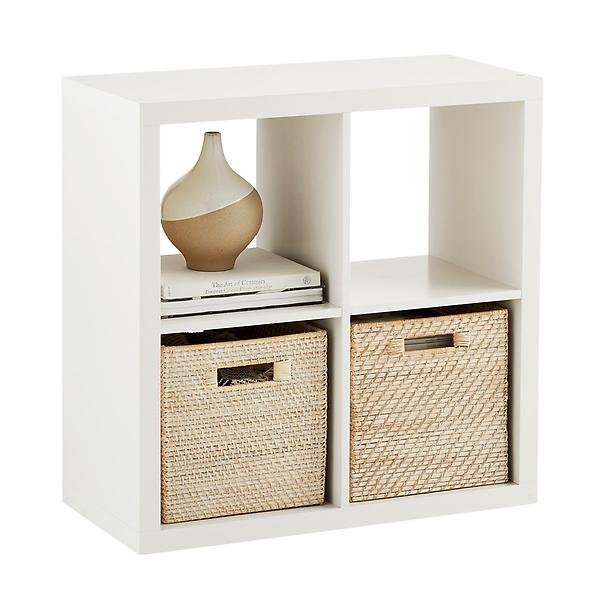
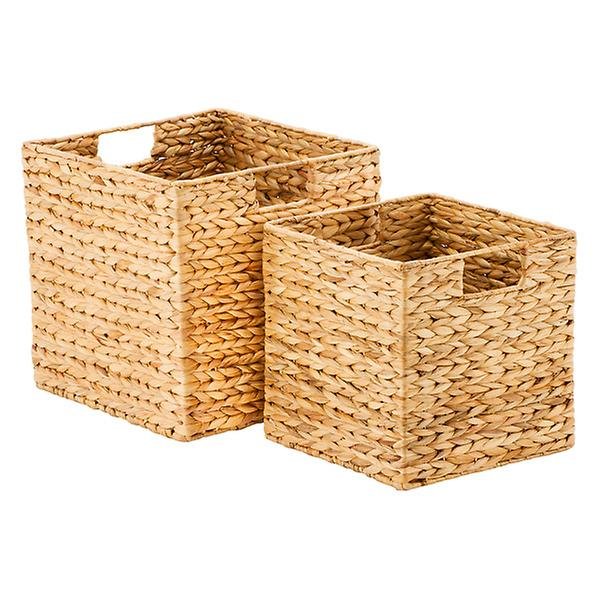
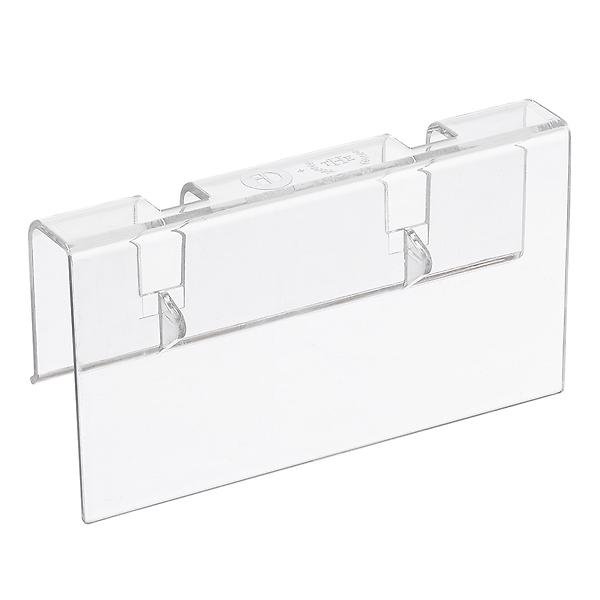
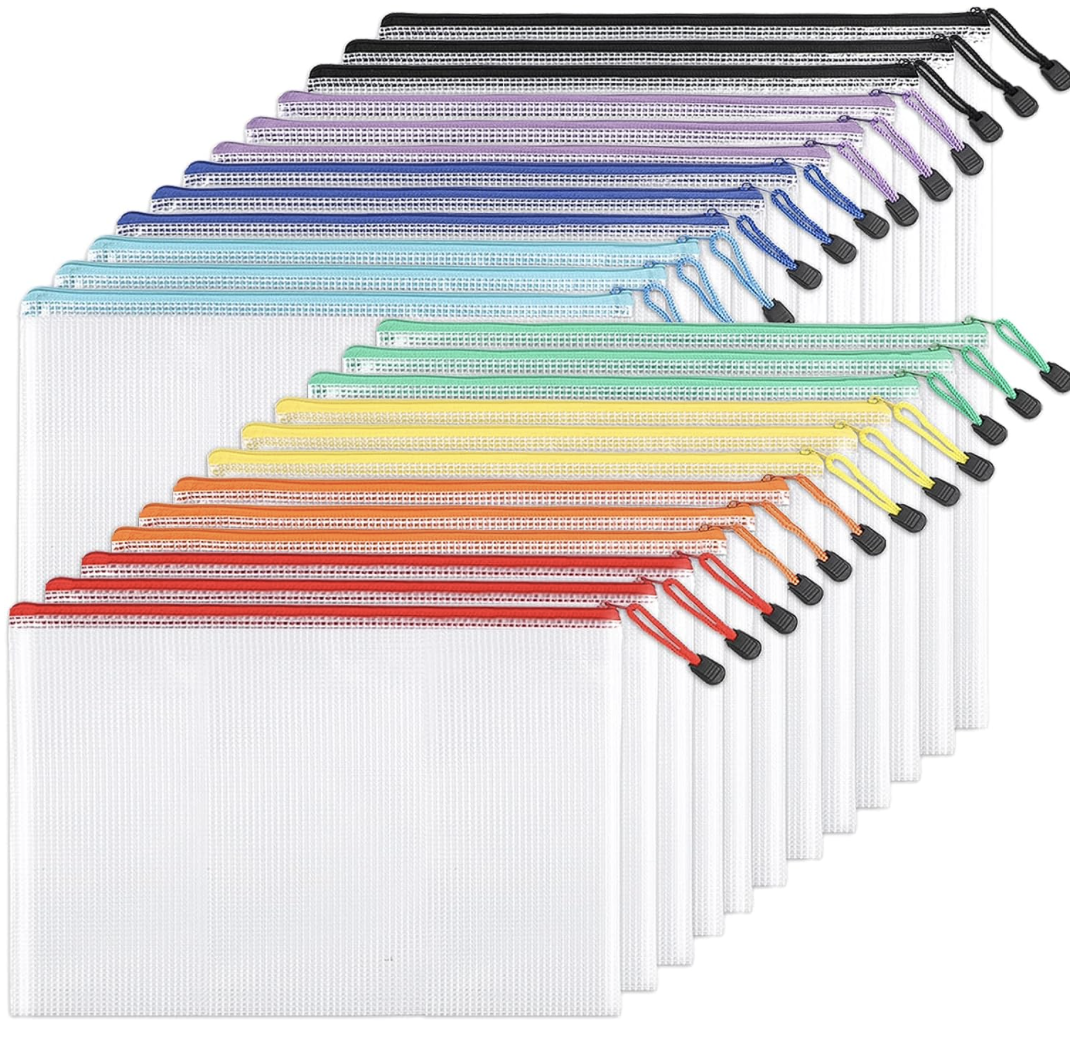
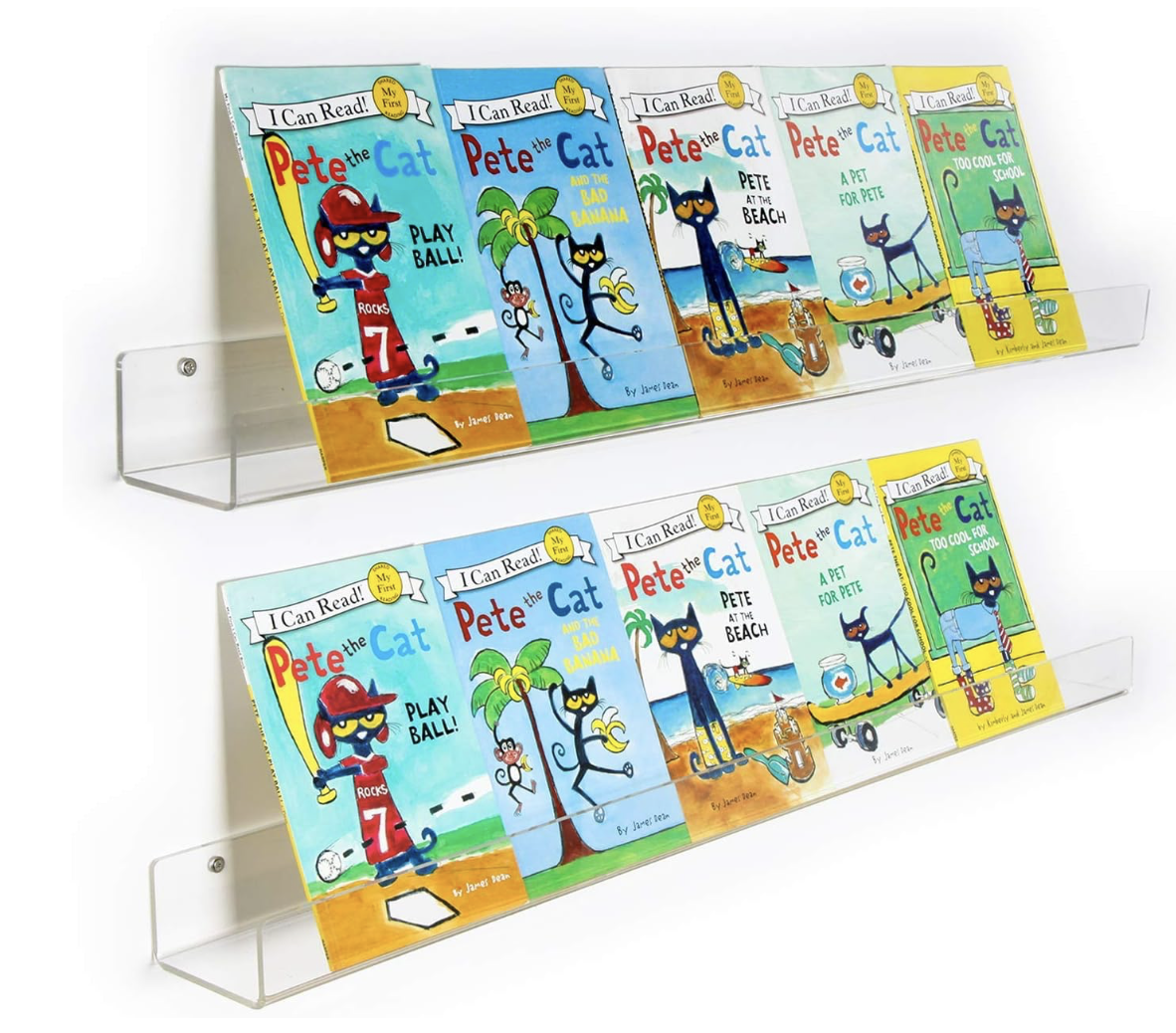
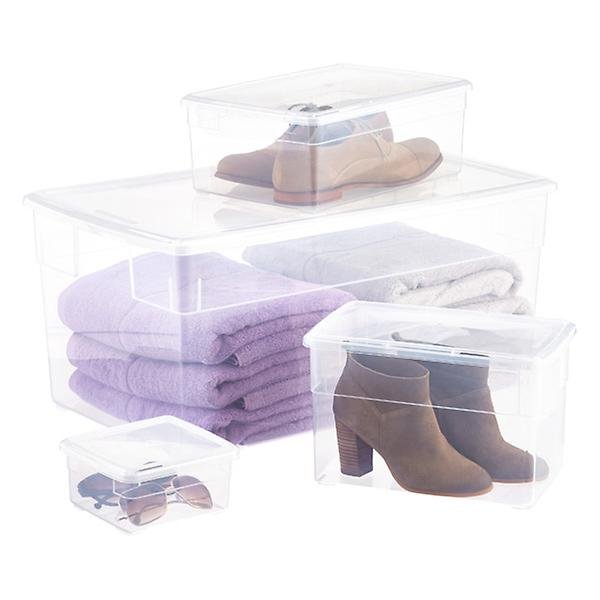
In Conclusion
A minimalist playroom offers numerous benefits for children that contribute to their physical, mental, and emotional development. A minimalist playroom offers children an environment that fosters concentration, creativity, and responsibility while reducing stress and promoting independence. It's a space that supports their growth and development in a mindful and intentional way.
Some of the links on this page are affiliate links. That means I get a small commission if you purchase through the link. However, I make it a point to only share tools and resources I truly love and use.
